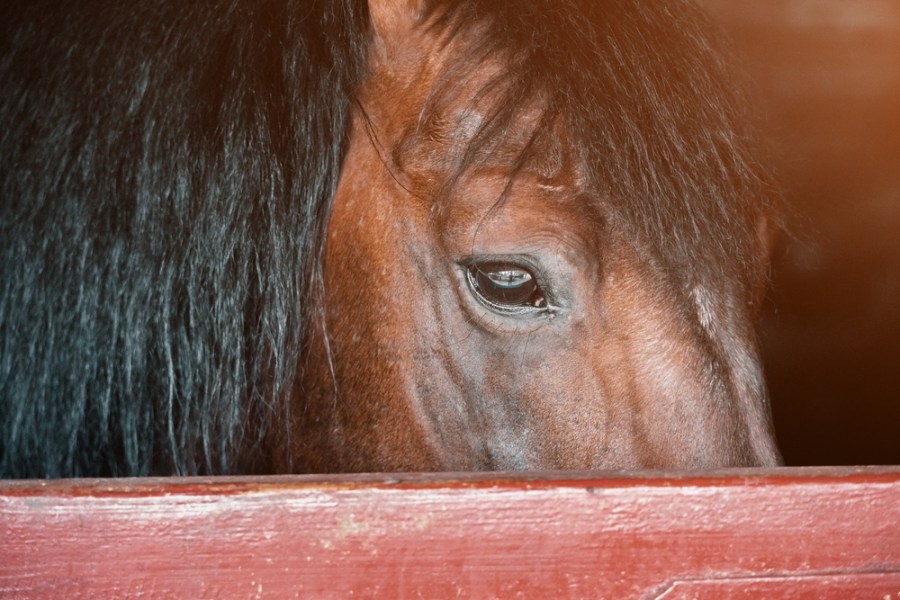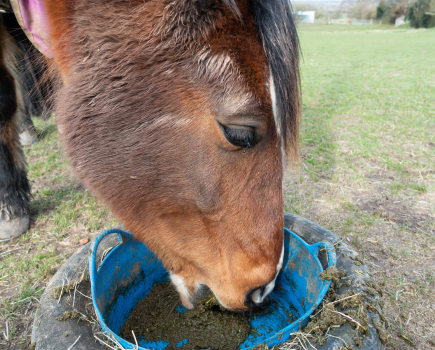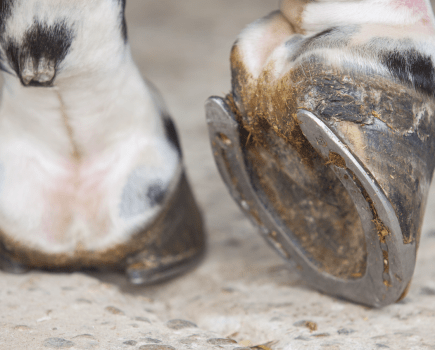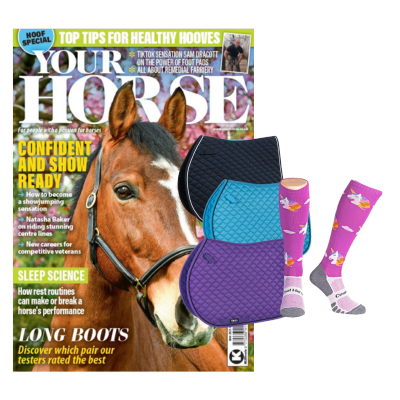Your Horse reported on several significant horse care stories this year. Important, interesting, and potentially life-changing and life-saving — here are the top four horse care news stories of 2024.
Horses can think into the future
According to new research from Nottingham Trent University, equines are much more intelligent than previously thought.
The scientists wanted to understand more about the equine learning process and so they created a game whereby the horses received a treat for touching a card. They then changed the rules meaning that the horses wouldn’t get a treat if they touched the card while a light was on.
However, they would be given a treat if they touched it while the light was off.
At first, the horses seemed unable to grasp this task, indiscriminately touching the card regardless of the light being on or off. But when the researchers introduced a penalty for touching the card when the ‘stop’ light was on — the penalty was a 10 second time out during which they were unable to play the game or receive a reward — it was clear that the horses had understood the rules all along.
‘Instantly understand and play the game’
“[Before] there was no cost for indiscriminate hitting, as sometimes it paid off, sometimes it didn’t,” said lead researcher Dr Carrie Ijichi.
“When we introduced a cost for their errors, however, [the horses] could instantly understand and play the game properly.”
The research shows that horses can think into the future and focus on what they want to achieve and the steps they need to take to do this, according to the scientists.
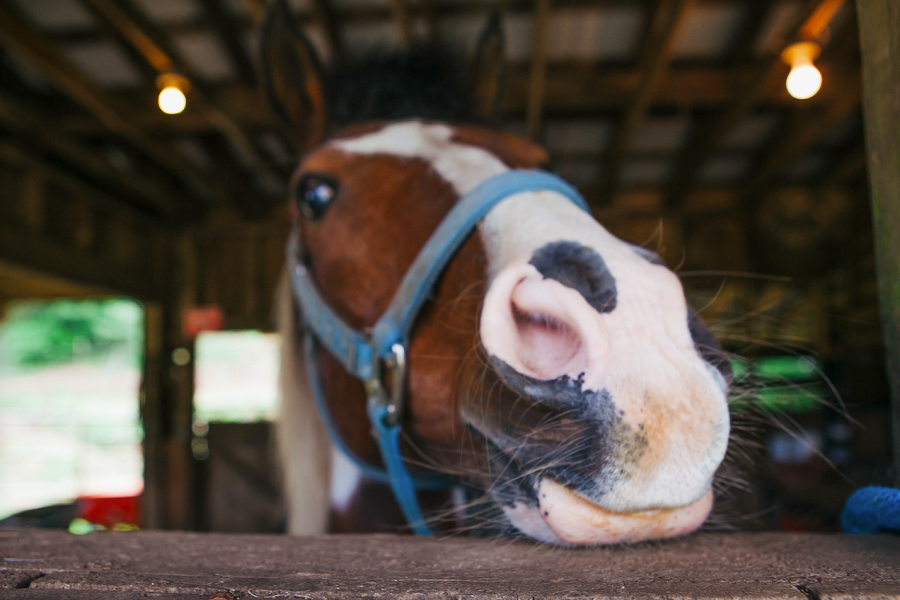
Probable cause of grass sickness discovered
Researchers at several institutions including the Royal (Dick) Vet Equine Hospital and Newcastle University, have made a ‘significant breakthrough’ by identifying the cause of equine grass sickness (EGS).
The cause of EGS, an illness affecting horses, ponies and donkeys which is debilitating and can be fatal, has been unknown for over 100 years.
The researchers believe EGS is caused by a neurotoxin produced by pasture microbes.
“Identifying a probable cause of Equine Grass Sickness represents a significant breakthrough. We hope that this discovery will lead to novel treatments and improved diagnostics for this devastating condition,” said Professor Bruce McGorum, head of the equine section at the University of Edinburgh.
“Further work is underway to determine the source of this neurotoxin; it is likely to be produced by a microbe such as a bacterium or fungus which grows on the horse’s pasture during the cold and dry weather which precedes the disease.”
Toxin present in snake venom
The neurotoxin identified is called neurotoxic phospholipase A2, a toxin which is present in the venom of many poisonous snakes.
It is hoped that some of the drugs used to treat and promote nerve regeneration in people who have been paralysed by snake venoms may be able to help horses recover from grass sickness.
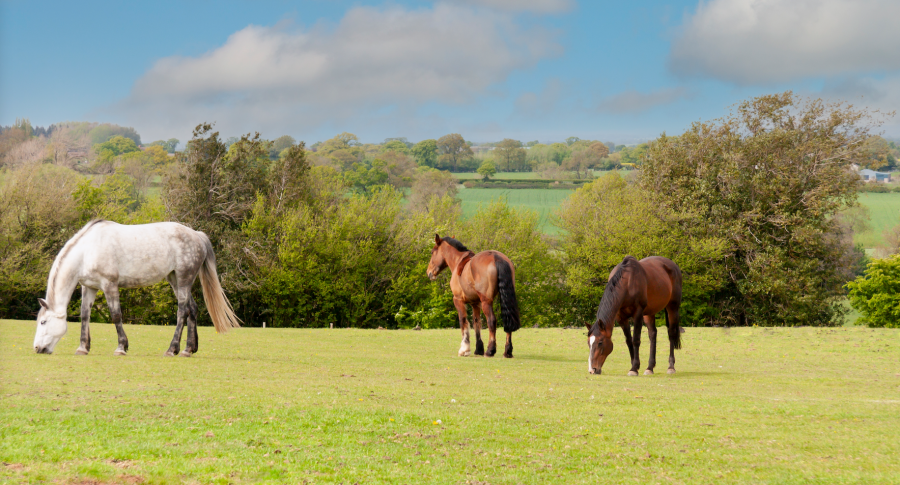
Environment can change perception of a horse’s weight
A horse’s environment may affect his owner’s perception of his weight, concluded researchers from the University of Liverpool and the British Horse Society.
The scientists set out to investigate whether a horse seen in a grassy pasture is perceived as being fatter than the same horse in a poor field, and they found that people can be tricked into thinking that horses are fatter than they are by good grass.
“The grass cover of the background environment a horse is viewed in can influence the visual perception of body condition score,” concluded the researchers. “This may impact clinical and management decisions if its effect isn’t realised.”
Grass coverage impacts assessment
Twenty horses of different breeds and ages were photographed in their usual field and then those images were superimposed on to two backgrounds, one with lush grass and the other sparse. A range of 156 people, including equestrian professionals, were then invited to assess the body condition score of the horses from a selection of images.
A BHS spokesperson said: “On average, higher scores were given to the same horses when their image was superimposed on to a lush grass setting, compared to sparse grass.
“These findings suggest that visual perception may be influenced by the amount of grazing/grass available. For example, we may think our horse is thinner than they are if we consistently see them on sparse grass.”
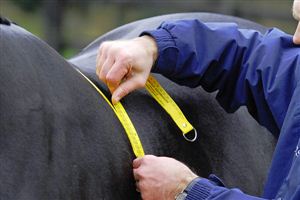
Vet advises early action on melanoma
The importance of acting on cancerous lumps on horses as early as possible was made by a leading vet at the British Equine Veterinary Association’s (BEVA) Congress in September.
Equine surgery specialist Dr Jessica Kidd said that in the past vets felt that melanomas were a benign condition of old age that were best left alone, but now that horses regularly live into their 30s it is important for the horse’s welfare to treat them as early as possible.
“You wouldn’t think it was acceptable if you went to your doctor with a large mass on your backside and the doctor said don’t worry about it, it’s not going to kill you. Why would we think that was acceptable in our horses?” said Jessica.
Most prevalent in grey horses
Melanoma is a very common skin disease of grey horses over the age of seven. More than 80% of grey horses will have at least one melanoma during their lifetime, but horses of all colours can develop them.
The most common site for melanoma (50% of tumours) is the skin around the anus and the base of the tail. However, they are also found on eyelids, in the mouth, on the lips and around the sheath or vulva.
They can affect internal organs and may additionally be found anywhere on the horse except the lungs. Jessica added that these untreatable internal melanomas spread from largely treatable external ones, making it important to take action when they first appear.
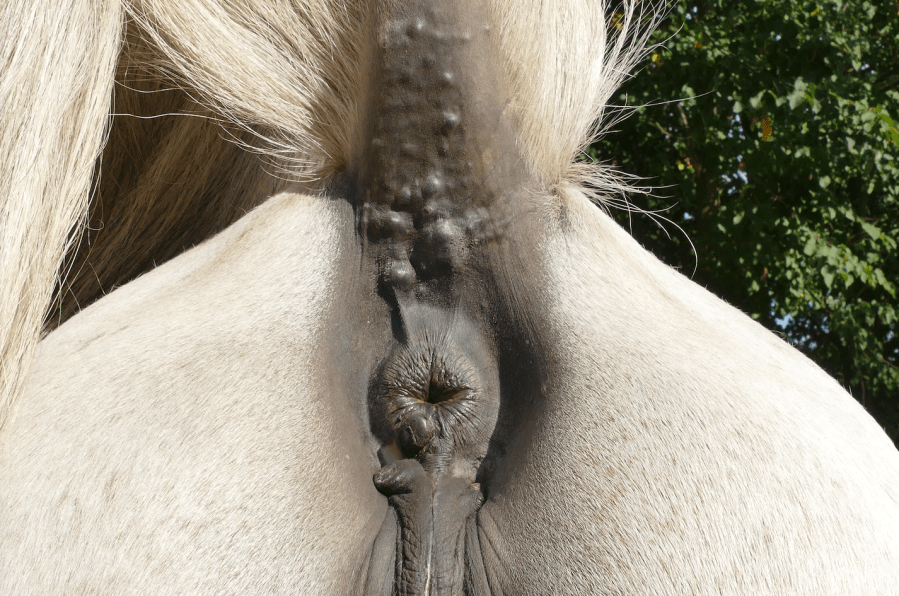
All pictures © Shutterstock. Additional reporting by Charlotte Cooper

